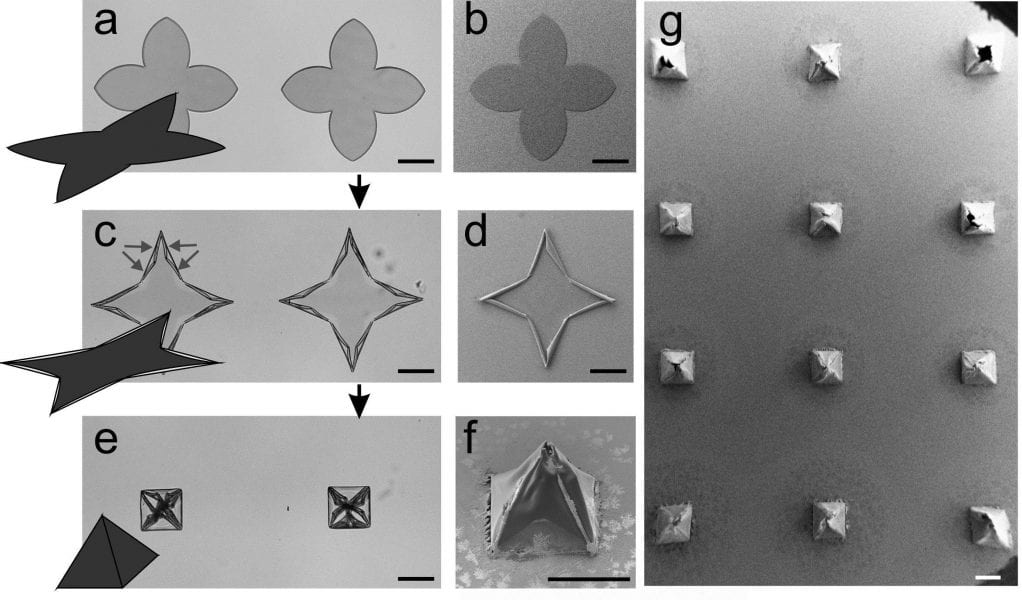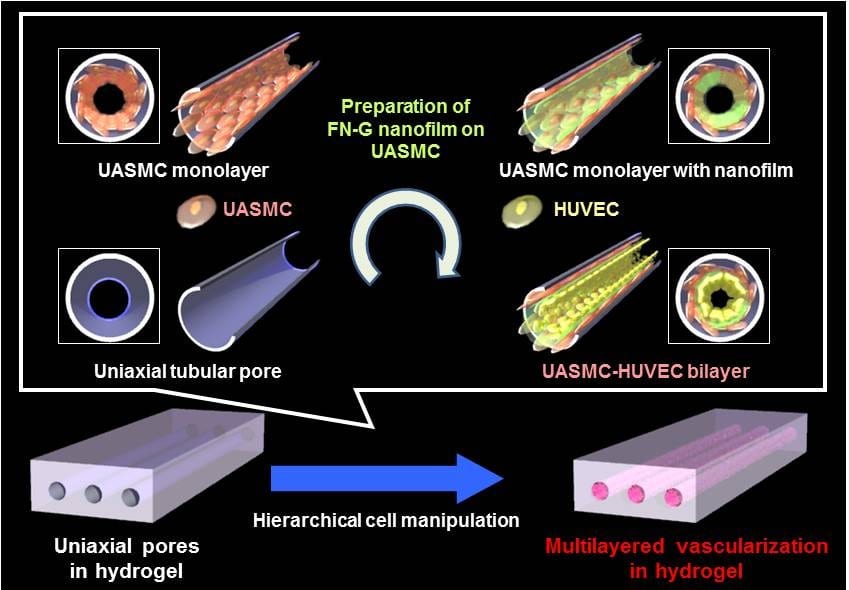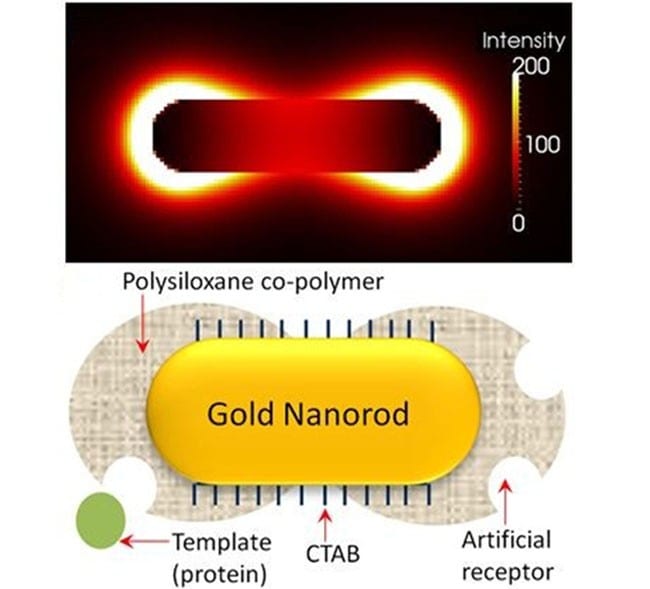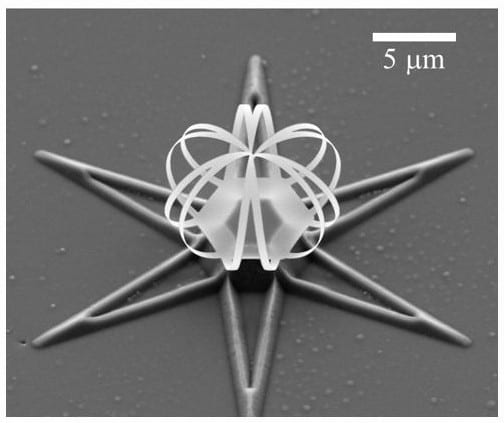A new route to fabricate graphene-wrapped nanoparticles of controlled morphology has been reported.


A new route to fabricate graphene-wrapped nanoparticles of controlled morphology has been reported.

Carbon nanotube arrays have been used to produce high-resolution holograms with high contrast and large field of view.

Researchers in Germany design self-folding 3D polymeric materials that could lead to advances in microfluidics, biomaterials, and soft electronics.

Blood capillary analogues have been developed in a biodegradable hydrogel as a promising platform for in vitro drug testing.

Researchers use molecular imprinting to develop a highly sensitive and selective nanorod biosensor with artificial antibodies.

Researchers develop complex 3D nanometer-sized structures using ion-induced plastic strain.